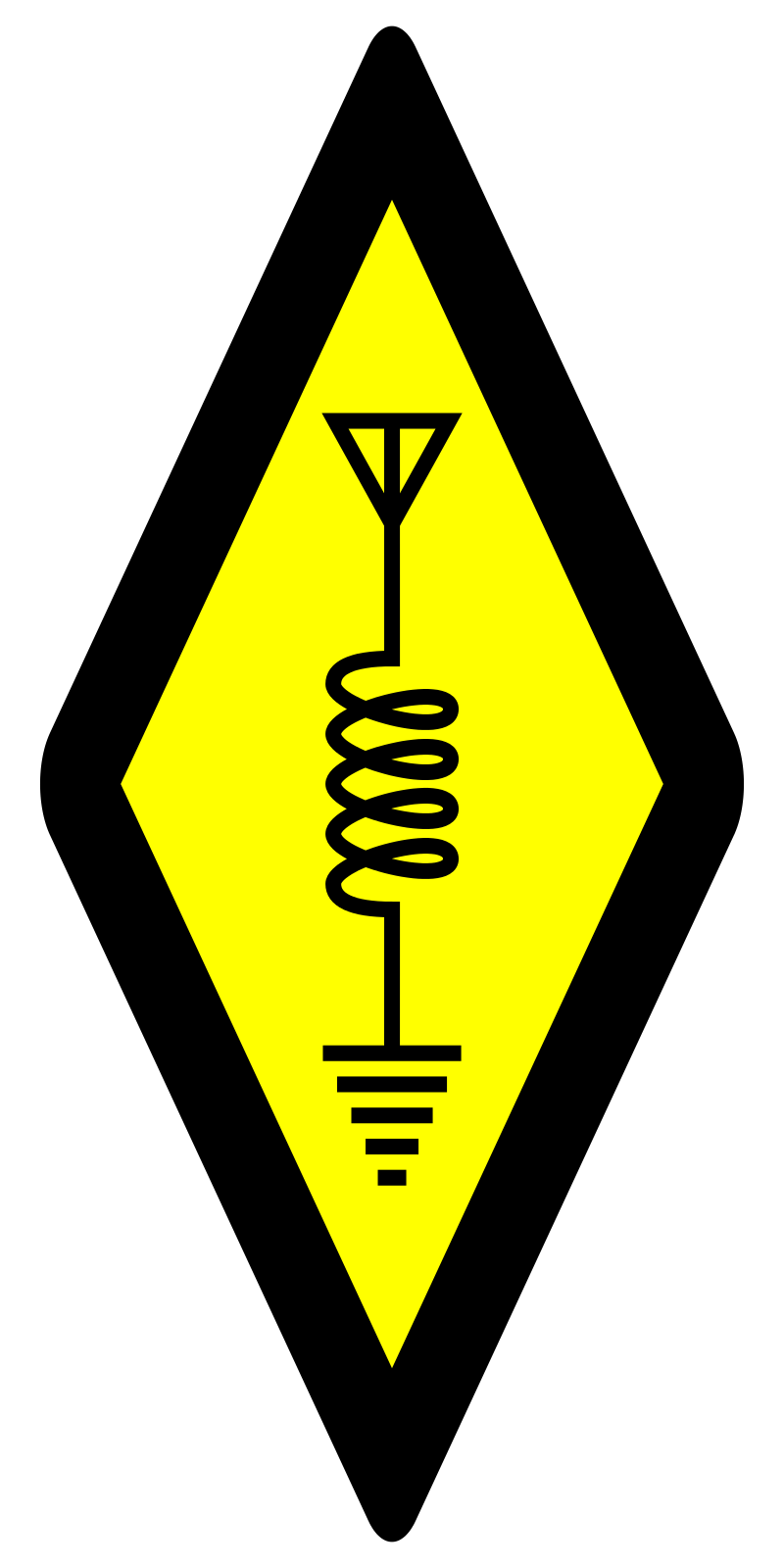How poorly would an attic mounted antenna perform? Obviously worse than something outside, I’m guessing, but how much worse?
My office has one of those “side attics.” It has a half sized door. Mounting a long antenna in there is very tempting because of how much easier it would be than doing anything outside. It’s on the second floor as well.


I’ve seen J pole enough now to guess it’s not some weird esoteric thing. Do you know if where I can read a good comparison between J pole, mono pole, vertical di pole, and horizontal di pole? I think I have a mostly good grasp of the others.
Late to the party; I built and ran both a 10m and 20m window/ladder-line j-pole with phenomenal results. It’s really neat in that it does not require a counterpoise as it has a matching section built in. As such, the radiating element and matching sections do not need to be coaxial, so if you’re mounting in the attic space, you are free to run the radiating element horizontally (performance will be reduced as this antenna’s optimal performance is vertical), and the matching section can have a different orientation.
The 20m version is about 44’ long, so when I only had a 30’ mast, I had to string the matching section horizontally:
On 100W and a 10m tall mast, I was able to reach Indonesia on SSB on 20m. It took some working and good prop, but we made a QSO.
I upgraded to a 15m tall mast and got some marginal improvements, but being in the residential area made it hard to compare since there was always so much EMI:
As for comparison to other antenna types, I have a 7-band OCFD that is quite long, and a massive headache to install (I primarily operate portable), and this j-pole blew it out of the water.
Check out KB9VBR’s video about it: https://youtu.be/RZv94BvNxrQ
Good luck!
What bands are we talking about (HF or 2m/70cm?)
Is setting up a permanent 2m/70cm antenna even really worth it?
I was thinking like 10m or something maybe. I’m more asking in general, but I know it changes based on wavelength lol.
If you don’t live in complete wilderness and especially if you are in repeater range then yes, there’s a lot of use of 2m/70cm. There are even commercial duobanders for this, but you can also make your own
Lots of things change between HF and VHF. Matching methods, baluns, and materials are completely different. You can get away with 70cm band antenna made of 8mm aluminum tube, and it’ll get you some reasonable bandwidth just because of how wide it is, but if you want to scale it up to 20m it’s suddenly over 20cm wide. This is not practical anymore, but you also don’t need bandwidth like this. HF antennas (other than masts) are mostly made of wires and rely on things other than thickness to make them wideband enough. If you want to use monopole, on VHF/UHF you can use metallic roof as a groundplane. On HF you’ll need to use actual ground with network of wires, which is lossy. For dipoles, distance to ground will be many wl long on UHF, and it’ll work mostly like in free space, but on HF this changes impedance, losses and radiation pattern. On HF, polarization is scrambled after reflection from ionosphere, on UHF it just goes through
Now we have excellent space weather so you can make long range contacts on 10m, but don’t expect it to last. More typical HF bands are 20m, 40m and for these space becomes a constraint. Then you have to pick two out of three: small, efficient, broadband